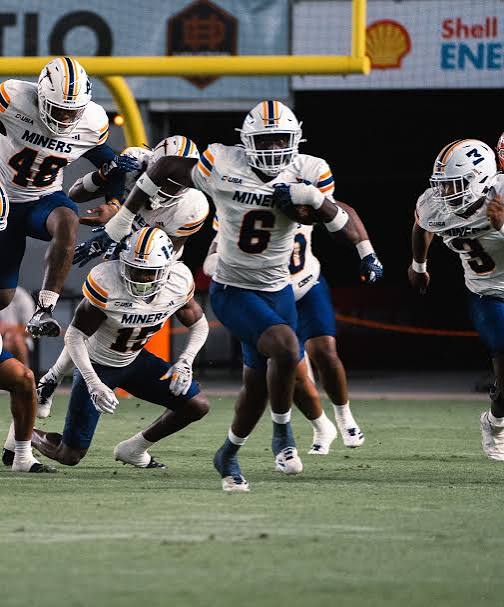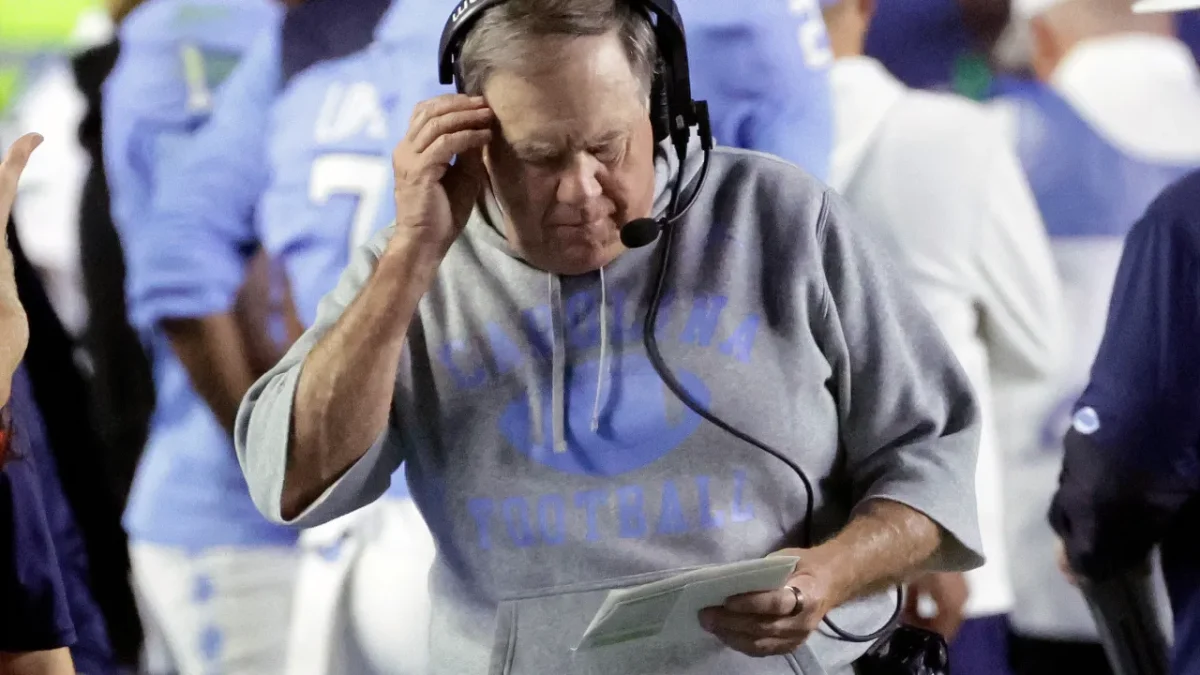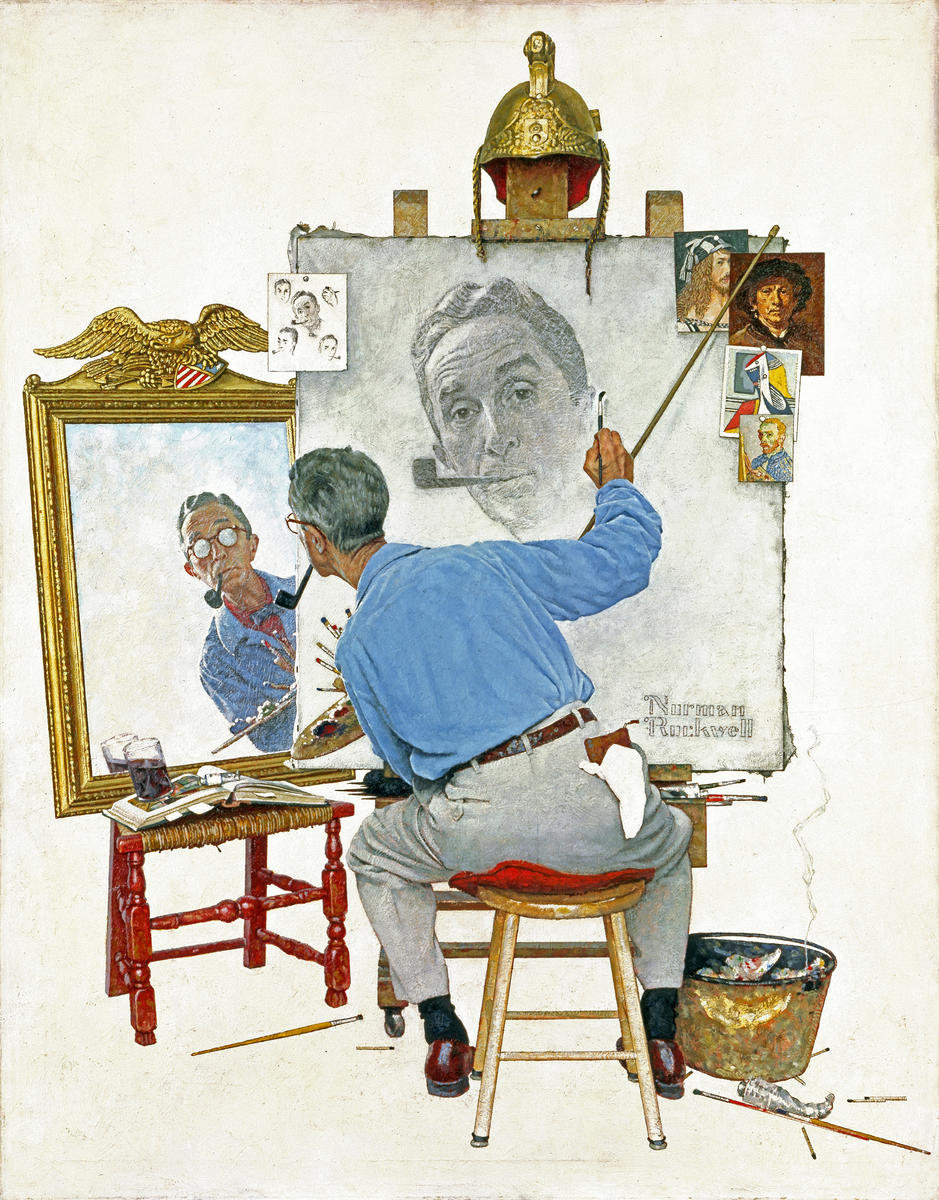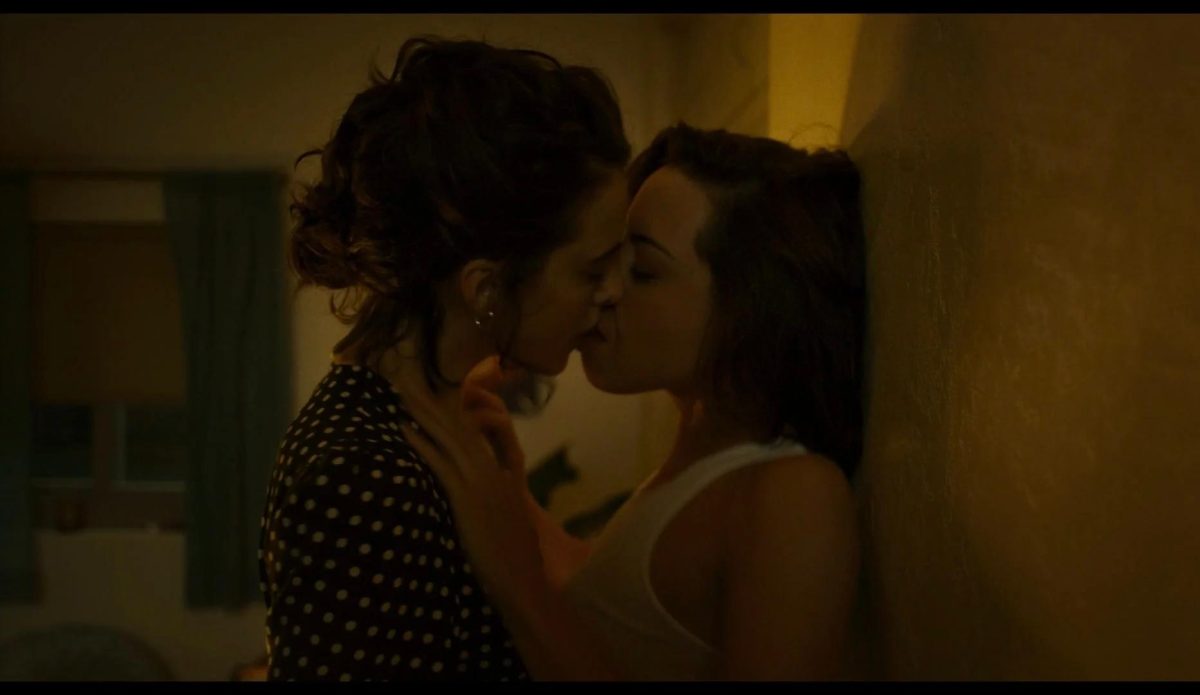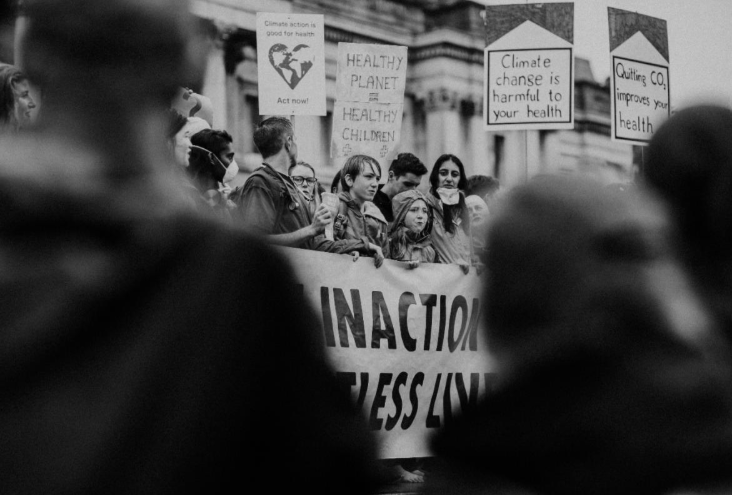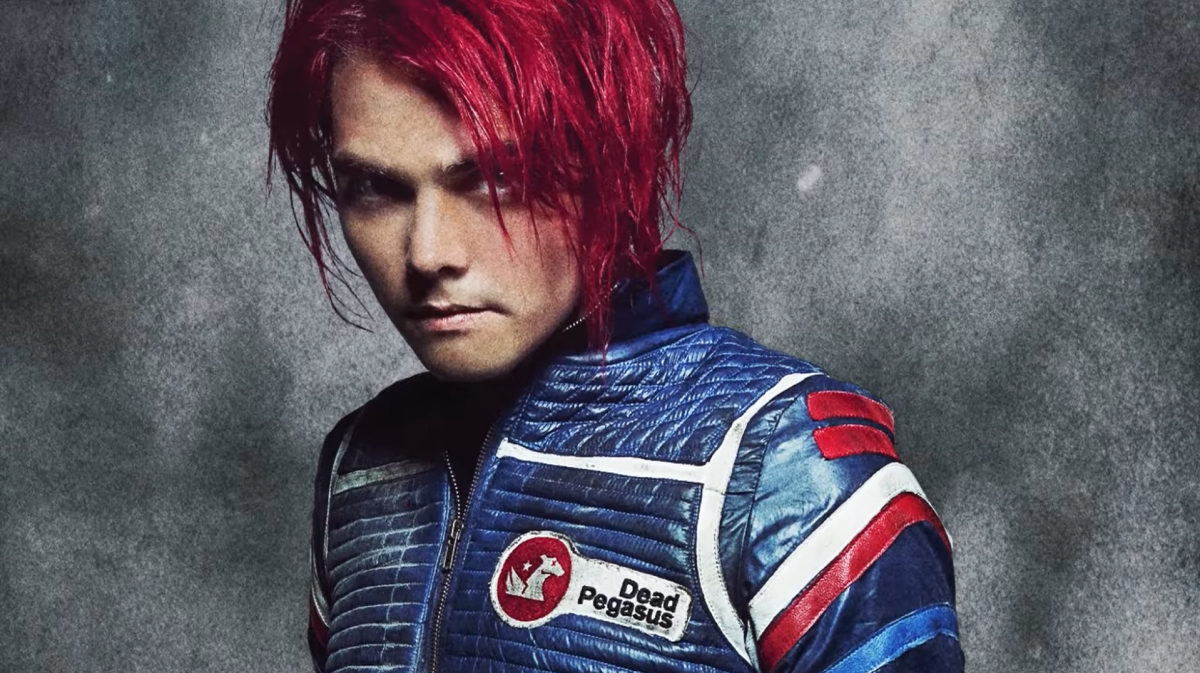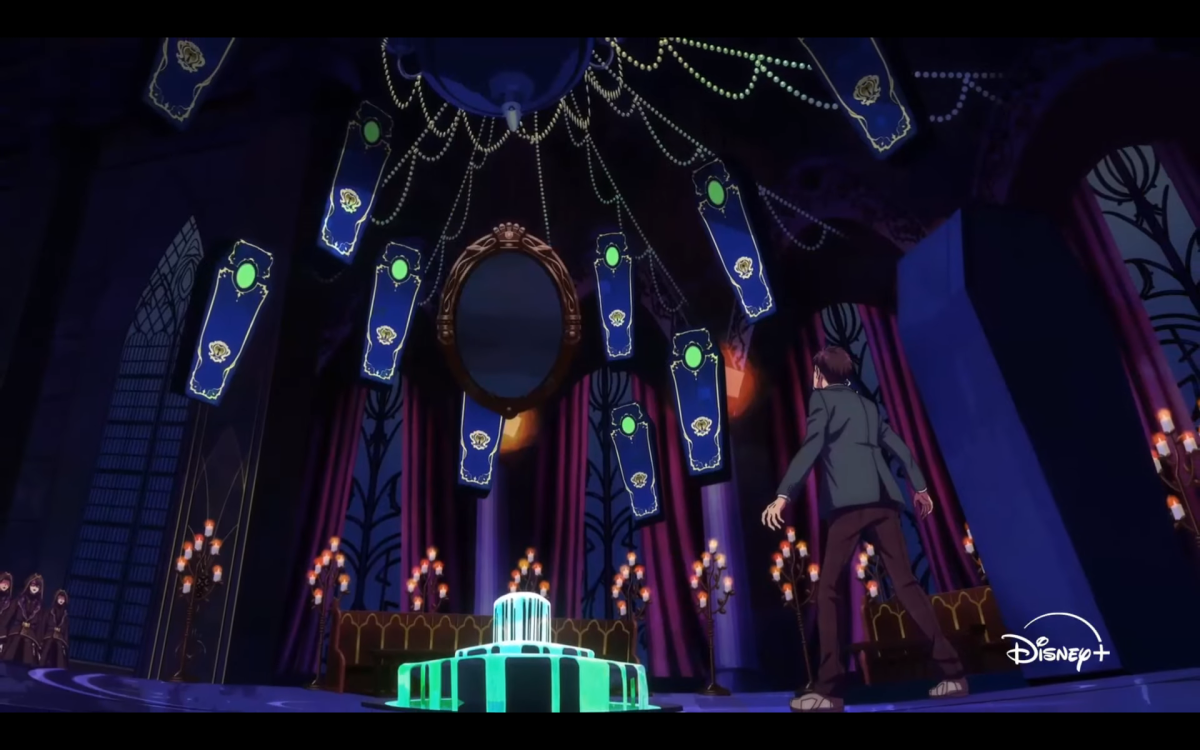The Beauty of Film
April 12, 2021
The world without film is extremely unimaginable. It’s such a culture changing phenomenon which individuals can learn and see the globe from. Films are cultural objects that are created by particular cultures. They represent those cultures and, as a result, have an impression on them. Film is considered a big form, a prominent source of entertainment, and a potent tool for educating—or indoctrinating—citizens.
Movie features a fundamental force of expression thanks to its visual foundation. Frames are the individual pictures that frame a video. A revolving shutter creates periods of darkness within the projection of conventional celluloid films as each frame is rotated into place to be projected, but the observer doesn’t note the interruptions due to a phenomenon called preservation of vision, within which the retina maintains a visible image for a fraction of a second since its root has vanished. A neurological influence referred to as the phi phenomenon contributes to the understanding of motion. Photographic film (also referred to as film stock) has traditionally been the medium for filming and showing motion pictures, hence the term “film.”
A show also can be cited as an image, an image screen, a pic, a photoplay, or a flick. Within the United States, the foremost prevalent word is “movie,” while in Europe, “film” is favored. The massive screen, the silver screen, the film, and film are all familiar words for the industry in general; the latter of those is usually used as an umbrella concept in scientific texts and demanding essays. The word sheet was also used rather than screen within the early years.
In the simplest level, the means to form a movie are determined by the fabric the filmmaker wants to look at and also the apparatus they want to display it: the zoetrope needs only a sequence of photographs on a strip of paper. A live-action, feature-length epic can therefore be made of as little together person with a camera or the maximum amount as thousands of actors, extras, and crew members. Conception, preparation, execution, review, and delivery are the essential steps for pretty much every film. Each phase becomes more important because the output becomes more active. These key stages are classified as creation, pre-production, production, post-production, and distribution during a traditional Hollywood-style film production period.
In reference to the crew, a movie crew may be a group of individuals recruited by a movie studio to figure on a movie or picture during the “making” or “photography” process. The actors who pose before the camera or have voices for characters within the film are mentioned as cast. Producers, supervisors, company executives, their subordinates, et al whose primary duty lies within the pre-production or post-production stages, like screenwriters and film editors, work with the assembly team. The director and his or her subordinates are usually the conduits for communication between the assembly and therefore the crew.
Departments with well-defined hierarchies and criteria for interaction and teamwork between departments are common in medium-to-large crews. The crew is accountable of all aspects of the photography process, including props and costumes, filming, music, electrics (i.e. lights), sets, and lighting tricks. So much goes into the assembly of films and quite enough dedication and exertions is required to make something that deserves praises and awards. There is a lot beauty in creating something so captivating and impacting. It also takes equally creative and artistic minds to understand the deeper meanings which these films pass, and to appreciate the elegance of the work. It’s always an incredible thing to make and witness the wonder of these creations.










